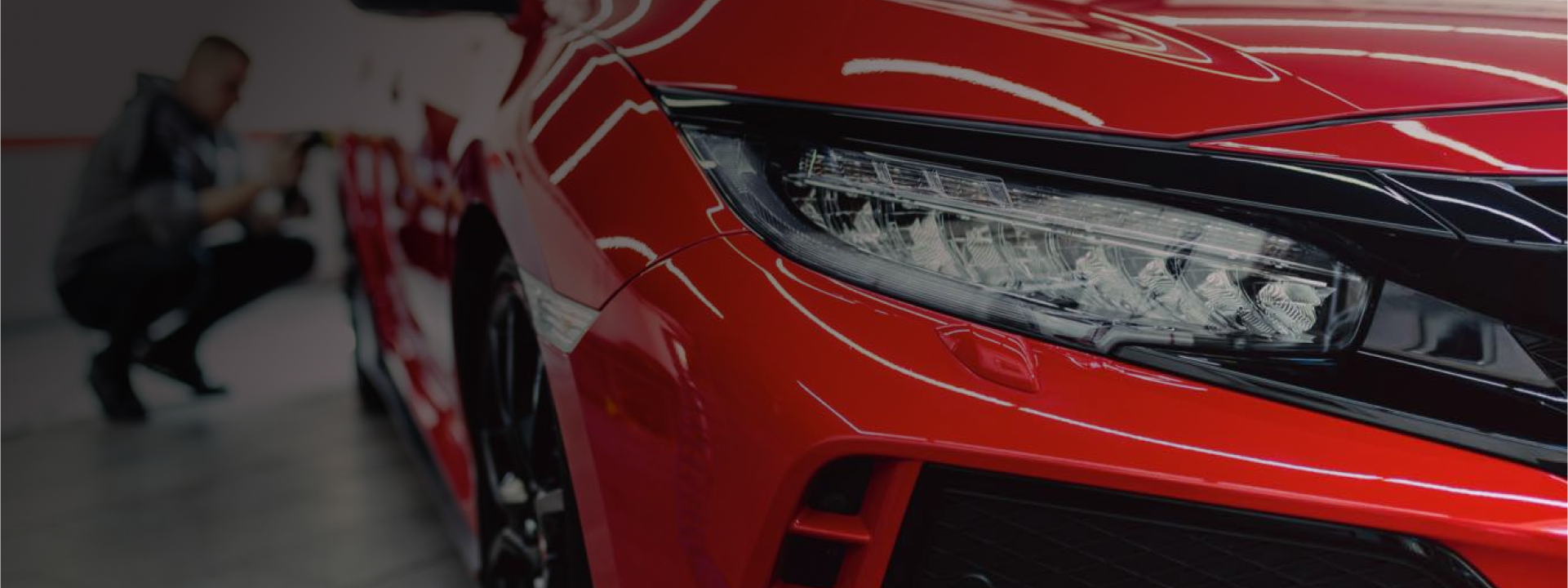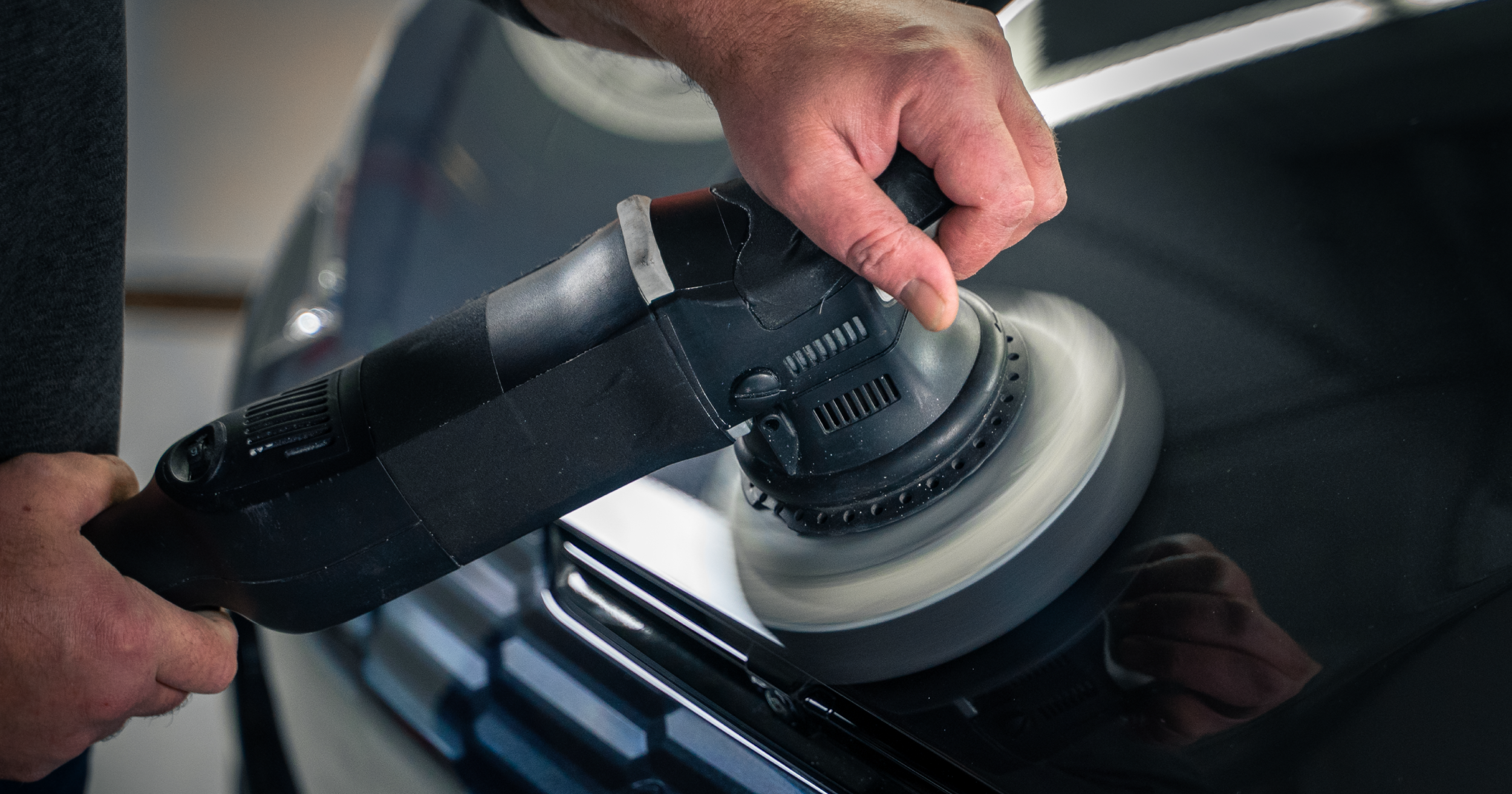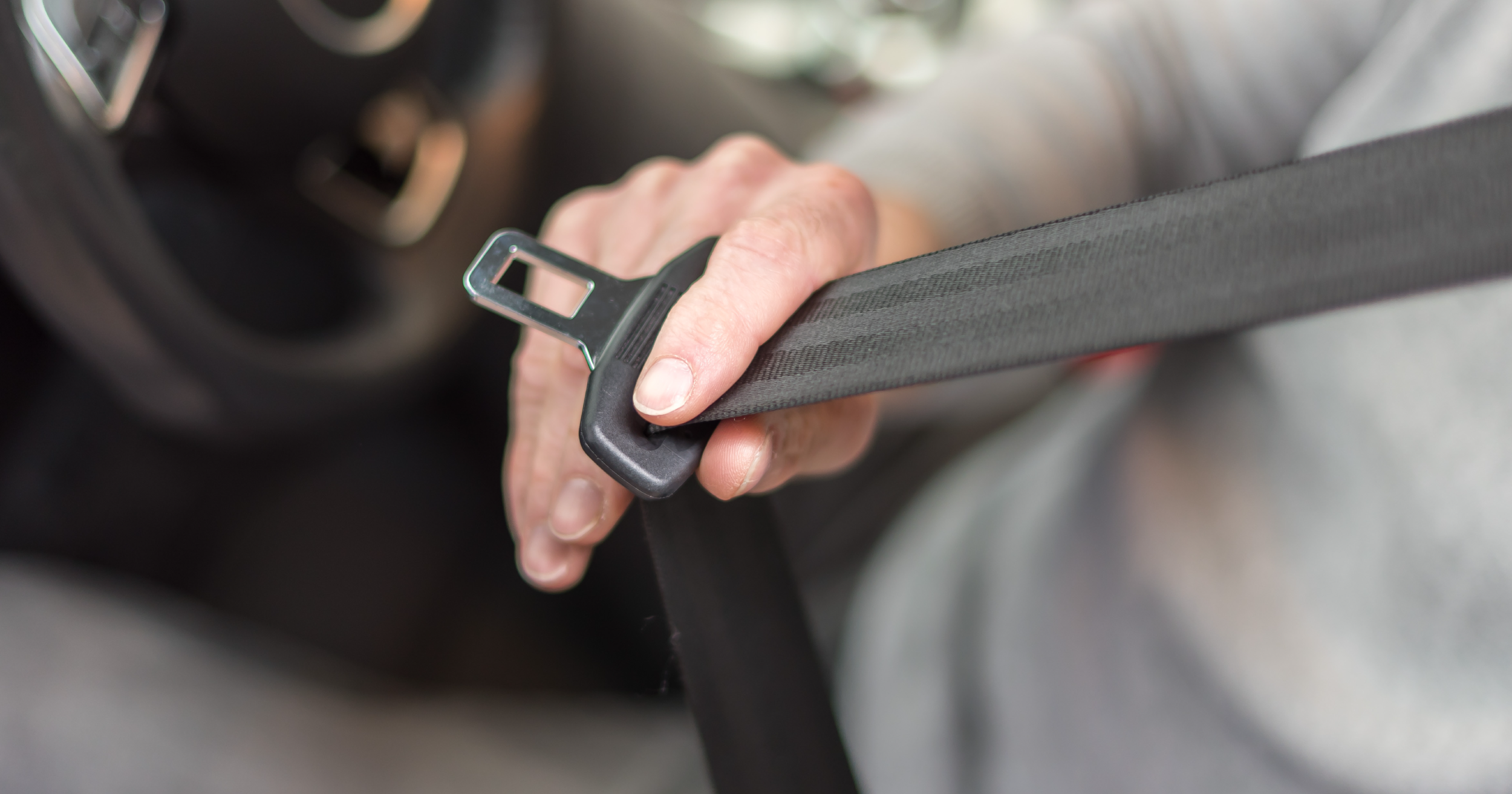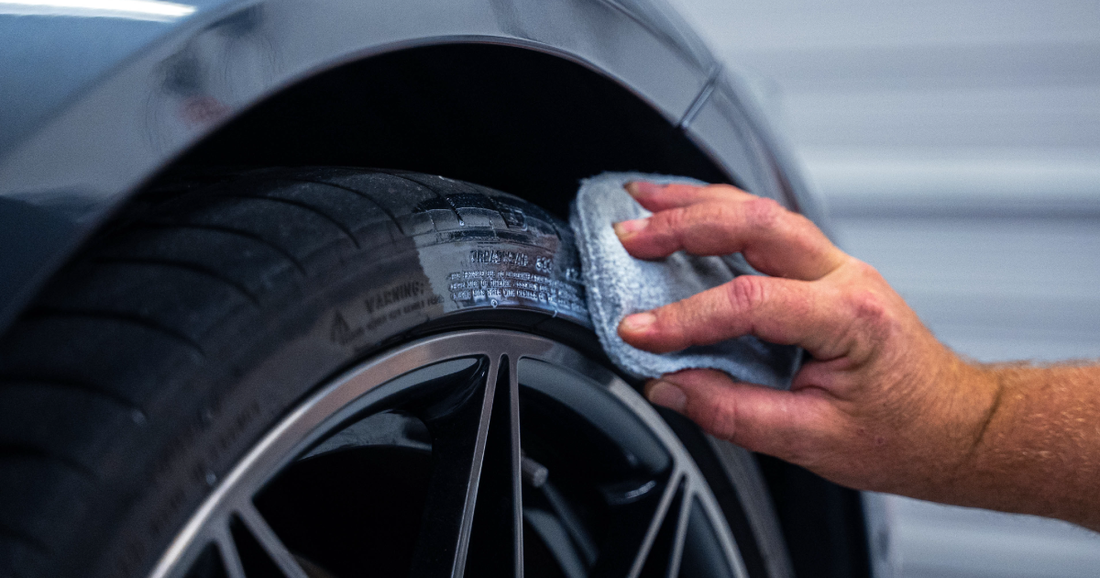Expert Tips for Preventing Tire Sling from Tire Dressing
Tire dressing is an essential auto detailing product in car care for protecting tires from UV rays and making tires shine. How do you apply tire coatings to keep car tires looking brand new without the risk of tire sling and damage to your paint? Check out these expert tips for preventing tire sling.
Table of Contents
- Dressing Choice
- Applicator Choice
- Application Technique
- Conclusion
TIP 1: Choose the Best Tire Dressing for Your Needs
Water-based vs. Solvent-based Tire Dressings
Most tire shine products fall under one of two categories: water-based and solvent-based. In both types, silicone fluid is the active ingredient, and UV protection is provided. However, each utilizes different carriers (water or solvent) to deliver gloss across the tire surface.
Water-based formulas are much less likely to do damage to your car paint if sling or overspray does occur, as these formulas are easier to wipe away from painted surfaces and do not attract dirt, dust, and debris the way that solvent-based formulas do. Additionally, water-based dressings can be applied in layers to reach the best tire shine.
Solvent-based formulas tend to last much longer than water-based dressings, as they have greater resistance to water. Due to higher silicone content, they have a higher tendency to provide high gloss than water-based dressings. However, high silicone content also requires that much thinner layers of product be applied. If the application is too heavy, the risk of pooling or slinging is much higher.
See here for more on choosing between water-based and solvent-based dressings.
Foam vs. Spray vs. Gel Tire Dressings
Tire foam dressings are foaming aerosols, designed for easy application and are the least likely to sling after application. This makes this dressing type ideal for beginners. The consistency of this type of dressing is similar to shaving foam, as it expands and foams to cover the tire surface. However, this type of dressing does not provide near the depth of gloss that spray and gel options offer and durability is minimal. Typically, foam dressings last up to a week, depending on the specific product.
Tire spray dressings, or tire shine sprays, are liquid-based and either come concentrated (for diluting to label recommendations and for variable gloss levels) or ready to use in a spray bottle. This type of dressing is also easy to apply, as it can be sprayed onto an applicator or directly onto the tire, itself. What sets spray dressings apart from foam dressings is the depth of gloss and durability. Spray dressing delivers a desirable wet look that will last much longer than that provided by a foam dressing. This is where the application process becomes critical. Proper application of a spray tire dressing can provide superior shine and durability, even over gel dressings.
Tire gel dressings are much thicker than foam or spray options. Typically, a sponge, towel, or other applicator is necessary to apply the product to the tire surface. While gel dressings deliver a higher gloss tire and longer-lasting durability, they are the most labor-intensive to apply. Extra care must be taken to ensure the entire tire surface has been effectively coated. Additionally, more sling can be expected from gel dressings. Typically, the thicker and heavier a dressing product, the higher the tendency it has to sling off the tire.
TIP 2: Choose the Best Dressing Application Method for Your Needs
Tire dressing can be applied with an applicator or by spraying it directly onto the tire. We know that some of this is determined by dressing choice. The rest depends on other factors of your situation and personal choice.
If you choose to apply dressing with an applicator, it is important to know which type of applicator will work best to address your particular needs and to allow yourself extra time in the application step. This method is least likely to see overspray on the wheel or paint of the vehicle. Also, it is much easier to achieve an even coat and uniform appearance across the tire surface. If you have the time to spend, this method may be right for you.
If time is a concern, spray application may be the way. If this is the method you choose, it is important to be extra cautious during application to avoid overspray on the rims or body paint. This method is best for quick turnaround time and when only a quick detail is necessary.
Applicator Pads
Applicator pads can be made of foam or fabric material. They often allow the highest degree of control during the application process. There is an amount of absorption at play that prevents too much product from being applied. However, only use foam applicator pads that are designed for automotive dressing applications. Traditional, household sponges will soak up too much of the dressing, wasting product.
Applicator Brushes
Applying dressing with a brush is also a great way to maintain control and ensure an even layer of product is applied. Brushes do not soak up dressing the way sponge and fabric applicators might. However, this means you must take precautions to avoid spattering extra product onto the wheel or paint during application. As with other applicator types, it is also important to only use a brush that is designed for automotive tire dressing application. Choosing the wrong brush for dressing application could result in streaking.
Microfiber Towels
Many people opt to use microfiber towels for tire dressing application. However, we generally recommend against this. Microfiber towels are typically intended for drying. Because of this, they are designed to be highly absorbent and are likely to waste product and result in an uneven application.
Spray Bottle
The spray application method is great in a pinch. If overspray is not a huge concern, and you are confident in your spray application abilities, this method will help you add tire shine much quicker than the applicator method. Additionally, this is the best method for applying a thin layer of product that will dry quickly. These factors make spray application a great choice for avoiding sling.
TIP 3: Follow Proper Application Techniques
Clean Tire Surfaces
Tire dressing needs a clean surface to adhere securely and evenly for that new tire look. Use a wheel and tire cleaner to degrease and prepare your tires for application, removing any dirt, grime, and grit. Once you are finished cleaning your tires, be sure to allow them to dry completely before applying dressing.
Apply Tire Dressing
To apply tire dressing with a pad, apply the dressing directly to the pad. Use the pad to distribute the dressing across the sidewall of the tire, with even pressure. Ensure the entire surface is coated and no spots have been missed. Allow sufficient time for the dressing to dry, as determined by the product label. If necessary, dab away any excess product with a clean microfiber towel.
To apply tire dressing with a brush, dip the brush directly into the dressing. Shake off any excess. Begin applying the dressing to the tire sidewall in slow, even strokes. If the application is rushed, there is a higher risk that product will be flung onto the wheel or paint of the vehicle. After fully coating the wheel, allow sufficient time for the dressing to dry before removing any excess with a clean microfiber towel.
To apply tire dressing through a spray bottle, spray the product directly onto the sidewall of the tire. Keep the spray bottle close to the tire, to avoid overspray as much as possible. You will know if you have overapplied the dressing if it begins to drip. Dripping increases the risk of product ending up on the wheel and lengthens dry time. Allow the surface to dry. Follow this step by wiping away any excess with a clean microfiber towel.
Conclusion: Proper Tire Dressing Application Techniques Can Prevent Tire Sling
Choosing the tire dressing and applicator type that is best suited to your particular needs is critical to long-lasting shine. No matter your dressing or applicator choices, be careful not to overapply tire dressing. Thicker layers will take longer to dry, increasing the risk of sling. One or more thin, even layer is the way to go. Just as important, allow adequate dry time. We recommend 5-10 minutes, depending on the dressing used. Lastly, each dressing is uniquely formulated. Always read full label instructions before applying any dressing to ensure proper dilution, application, and dry time. Following these simple tips will help you reach a high-gloss finish on your tires with a highly reduced risk of tire sling.




